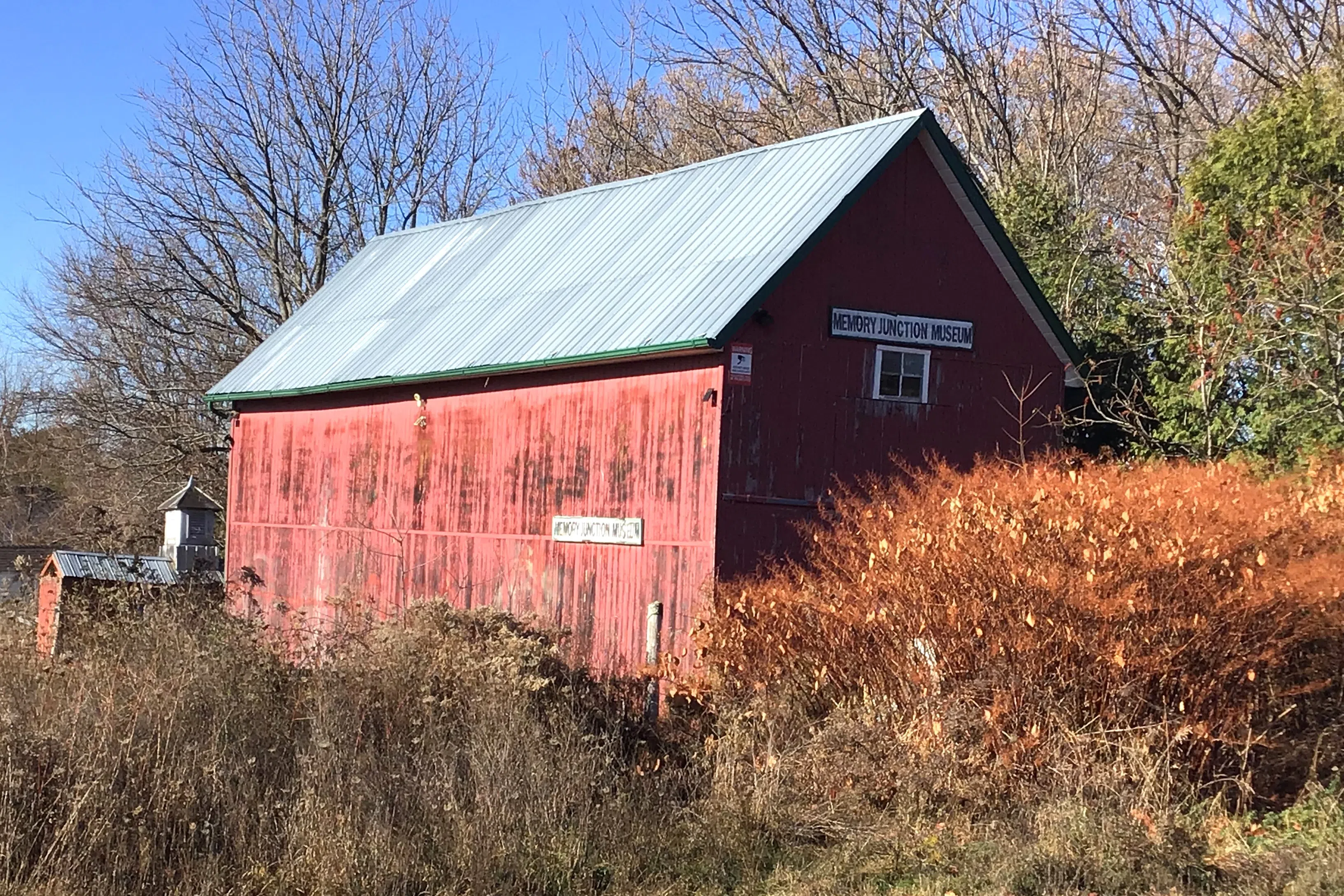
You’re invited to join in the journey as Brighton’s historic 144-year-old hops barn makes its way to a new home in Codrington.
For years, the barn – originally built in 1880 – has stood at the former Memory Junction Museum property. Up until the museum’s closure, the barn housed railroad and agricultural artifacts and the like.
Earlier this year, the Brian Todd Memorial Community Fund board approached council for its help amid a community effort to ensure local heritage is preserved, and the barn relocated to Codrington.
“This barn is one of the last physical reminders of an important part of Brighton’s agricultural 19th century history,” Bruce Davis, secretary-treasurer of the Brian Todd Memorial Community, explained earlier, as he approached council for its support with the project on behalf of the board of directors and project advocates.
With recent council approvals, the barn will soon be on the move to its new home on the grounds of the Codrington Community Centre property, Davis has confirmed in an update.
At both sites, the work is getting started, shared Davis, while extending an invitation to the community to follow along the progress through the organization’s Facebook page.
Online, people will be able to follow along as the barn is carefully dismantled, relocated and reassembled in its new location over the next couple months, explained Davis.
Part of the journey will also include delving into the history of the hops industry in the 19th century, the barn’s origin story, touching on original builders Willet Bedal and Elijah McMaster – to the visionaries Basil McMaster, Ralph Bangay and Dennis ‘Fletch’ Fletcher, who ensured this piece of Brighton’s history did not disappear, the board explained.
As previously reported, the project has been years in the making, with relocation efforts initiated in 2019 by the late Fletcher who was committed to ensuring no further deterioration of the barn and local history was preserved.
But the pandemic halted the project, and then Fletch passed away in 2023.
Multiple area businesses, contractors, and partners have since stepped up with in-kind support, donations and more, to make the relocation possible.
Together, they’ll finish what Fletch envisioned.
Upon completion, the group has said the barn will be gifted to the municipality.
After the revitalization, it will stand for years, offering several potential uses.
From complementing farmer’s market activities, to offering up space for education, history exhibits, recreation, commerce, and the arts, these are just a few of the ideas that have been tossed around.
The group is already posting to Facebook. The board has noted some posts will include names of hops farmers and pickers from more than a century ago – maybe awakening some dormant ancestral roots for some and filling in some historical gaps about the local hops industry.
Residents are encouraged to get involved by also sharing information they may have about this time in Brighton’s past, noted the board.
As the project’s completion nears, Northumberland County will carry out a final inspection – with those approvals, the project will be officially done, according to the municipality.
At the municipal level, council approved an internal transfer from grants-in-aid to the building department to contribute to the project and enable the move.
This isn’t the first time for barn relocation in Brighton. The Simpson barn, now the Brighton Barn Theatre, was moved to Proctor Park.
This hops barn, which was originally located just east of Smithfield, was dismantled and relocated to Memory Junction by McMaster in 2002 in memory of his grandparents. In Davis’ words, he saved it from being demolished at that time.
The barn served as hops kiln until 1915.
(Written by: Sarah Hyatt)
